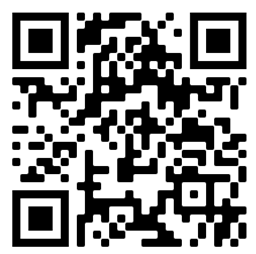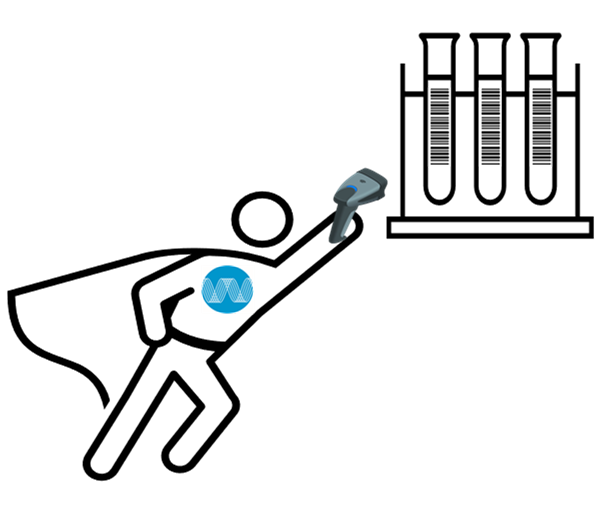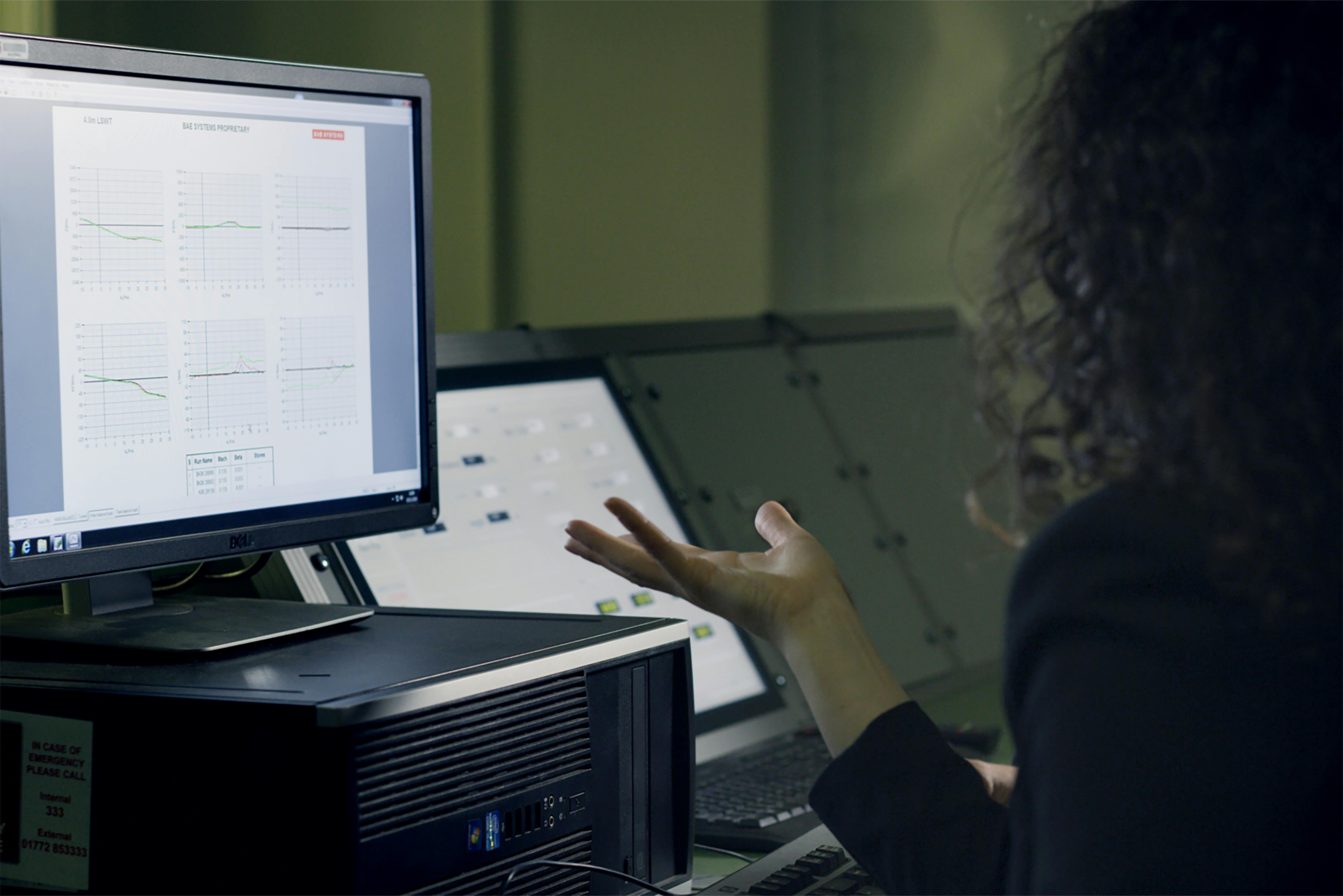by Ashley Carter
Share
Barcodes are not just for grocery stores and virtual menus! Integration of barcodes in your LIMS can significantly improve throughput and help eliminate typos.
Utilizing barcodes in LIMS can streamline processing within the laboratory. They allow users to find a particular sample with a quick scan, or update of statuses without much effort at all. Therefore, the use of the barcode has quickly become a requirement in most laboratories, especially those with high volumes of tests and samples moving through.
Wavefront LIMS not only integrates easily with most barcodes, but it can create the barcodes as labels to be attached to samples and paperwork. Therefore, you always have traceability as the work moves through the lab.

Printing Barcode Labels
Wavefront LIMS can create 1-D and 2-D barcode labels, which can be printed from orders or samples throughout the system. Check out this document to see all the different barcode types supported by Wavefront.
Using Barcodes
Different system providers utilize barcodes in different ways. Wavefront LIMS has integrated the use of barcodes throughout its system. A few examples include:
- Easily pull up samples in LIMS.
- Quickly update the status or populate a field on samples, tests, or orders.
- Scan groups of barcodes to update statuses or fields in bulk.

Setting up barcodes to work with your laboratory is an exciting project that can have excellent returns; however, there are a lot of considerations to take into account before jumping in. Send us a request for a free demo of Wavefront LIMS via the “Schedule a Demo” button above, and learn how Wavefront LIMS and barcodes can help your laboratory.
STAY IN THE LOOP
Subscribe to our Free Content
Learning about LIMS is a monthly article series where Wavefront shares questions that have come up throughout our interactions with a range of individuals and customers. We do our best to provide information about each topic to help people learn more about LIMS.
Sign up here to be added to our mailing list and receive these articles directly in your inbox.
In today's fast-paced labs, data-driven decision-making is essential. Utilizing advanced data analysis tools, like LIMS dashboards and KPIs, boosts operational efficiency. This article explores how these tools enhance performance and reduce costs, helping labs maintain exceptional quality standards.
Lab Data Management with a LIMS reduces errors and improves efficiency compared to manual data entry. Move away from spreadsheets and separate documents and see how Wavefront LIMS can improve your laboratory's workflow.
Experience the transformative power of a state-of-the-art LIMS system tailored to meet the unique needs of your laboratory. Our LIMS solution seamlessly integrates with your existing systems, streamlining workflows and boosting productivity. Say goodbye to manual processes and hello to automated efficiency with our cloud-based LIMS system. Schedule a demo today and unlock the full potential of your laboratory operations.
Unlock new levels of efficiency with LIMS workflow automation. Automate critical laboratory workflows without coding. Wavefront's powerful automation engine with over 800 built-in conditions and actions allows limitless customization of your LIMS processes.






